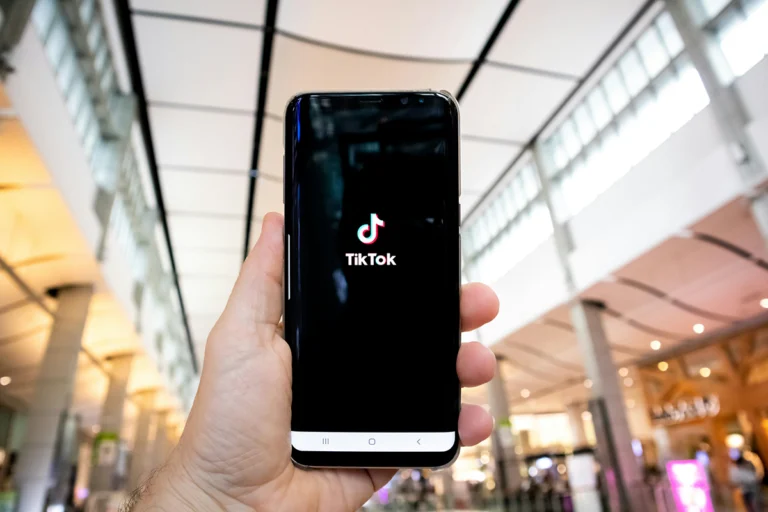Why Reels Hijack Your Attention
Do you feel addicted to Instagram Reels? They blend three design tricks that make the feed almost impossible to put down. Short, looping clips supply a never‑ending stream of novelty, while friction‑free swiping lets you jump instantly to the next hit. Layer a curated “For You” feed on top and you have a variable reward system a psychological loop similar to slot machines—that can trigger compulsive behavior. Unsurprisingly, research links excessive social media time to higher anxiety, poorer sleep quality, and weaker concentration (Coyne & Woodruff, 2023).
Are You Really “Addicted” to Instagram Reels?
Scholars describe a spectrum that runs from healthy enjoyment to problematic over‑use. You know you are edging into trouble—what behavior scientists call problematic social media use—when you routinely lose track of time, feel restless if the app is unavailable, or catch yourself opening Reels in the middle of important tasks (Marx et al., 2025). This type of social media usage may feel like you are addicted to Instagram Reels.
A Four‑Part Plan for Mindful Instagram Use
1. Map your triggers.
For two days, keep a simple “scroll log” that records when you open Reels, what you were feeling (boredom, stress, procrastination), and how long you stayed. Nearly every successful digital‑detox study starts with this kind of awareness exercise (Syvertsen, 2023).
2. Build gentle barriers.
Silence Instagram push alerts so external prompts stop hijacking your attention. Hide the app inside a deep folder on your final home‑screen page—those extra swipes give you a moment to reconsider. Next, set a 20‑minute daily cap with Screen Time (iOS) or Digital Wellbeing (Android); gradual reduction helps avoid rebound binges (Schmuck, 2020). Finally, try deleting Instagram from Friday night to Monday morning. A weekend uninstall offers a full reset and boosts confidence for longer breaks—just give friends a heads‑up so you don’t stress over missed DMs.
3. Practice mindful Instagram use.
Each time you do open Reels, set a clear intention (“I’m here to watch three recipe videos”), then scroll slowly, noticing your breath and posture. Exit as soon as the feed serves its first mediocre clip. Shifting from passive consumption to active choice is a recurring theme in digital‑detox literature (Anandpara et al., 2024).
4. Try a Dopamine Detox.
You don’t need an extreme fast, but dialing down high‑stimulation inputs can recalibrate your brain’s reward circuits (Nguyen, 2022). Swap Reels for a tangible pleasure: sketch in a notebook, blast music and dance, or meet a creator friend offline. You’ll still get inspiration—minus the algorithm.
Handling FOMO and Relapse Urges
When fear of missing out flares, label it: “This is FOMO talking.” Remind yourself that Reels show highlights, not real life. Close the app, take a slow breath, and ask whether reopening aligns with your goals. If you reinstall and binge, skip the self‑blame. A bounce‑back spike is common (Syvertsen & Enli, 2019); simply re‑set your barriers and try again.
Key Takeaways
Instagram Reels marry novelty with AI‑driven rewards, fueling compulsive scrolling. Logging triggers and erecting gentle barriers are proven ways to stop Instagram Reels addiction. Mindful use turns doomscrolling into intentional engagement, while low‑tech dopamine detox resets retrain your brain for deeper focus.
Quick Start
Mute Instagram notifications right now, then log every Reels session for 48 hours for a dopamine detox. Choose one barrier—icon hide, time‑lock, or weekend uninstall—and schedule a 30‑minute offline hobby to replace tonight’s scroll. Review your wins Sunday evening and celebrate every minute you reclaimed; progress, not perfection, drives lasting change. These strategies can help reduce a potential addiction to Instagram Reels.
References
- Anandpara, G., Kharadi, A., Chauhan, Y., Vidja, P., Mahajan, S., & Patel, J. (2024). A comprehensive review on digital detox. Cureus, 16(4), e58719.
- Coyne, P., & Woodruff, S. J. (2023). Taking a break: Effects of a two‑week social media detox. Behavioral Sciences, 13(12), 1004.
- Marx, J., Mirbabaie, M., & Turel, O. (2025). A consolidated definition of digital detox. Information & Management, 62(1), 104068.
- Nguyen, V. T. (2022). Social media users’ views of digital‑detox apps. Education and Information Technologies, 27(7), 9293–9316.
- Schmuck, D. (2020). Do digital‑detox apps reduce problematic smartphone use? Cyberpsychology, Behavior, and Social Networking, 23(8), 526–532.
- Syvertsen, T. (2023). Framing digital disconnection. Convergence, 29(3), 658–674.
- Syvertsen, T., & Enli, G. (2019). Digital detox and authenticity. Media, Culture & Society, 41(8), 1265–1279.
*Disclaimer: Offline Now offers educational coaching tips, not medical or therapeutic advice; please consult a qualified health professional for personal or clinical concerns.*





